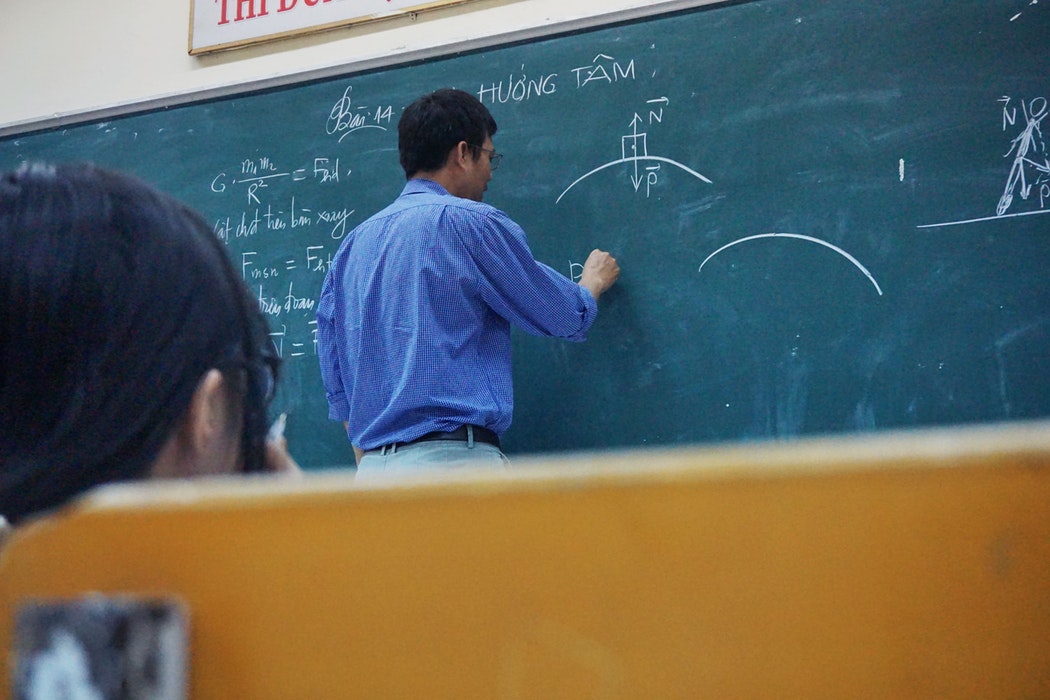Why Should Schools Teach Climate Education?

When we think about schools, we first come up with subjects such as math, science, reading, and writing. However, these subjects, while important to success, are not all that schools teach. Schools also teach students how to be responsible, not just for themselves, but for their impacts.
How can climate change education be part of the school curriculum?

It is difficult to teach climate change
In reality, educators already face pressure from topic-packed curriculums and are further pressured to teach students in a way that earns them the best test scores. In this context, it is easy to understand why some might be hesitant to teach climate change. The discussion on climate change is filled with a wide spectrum of viewpoints, some in direct opposition with one another.
Even beyond that, deciding which aspects of climate change to address can be tricky — how do teachers choose between global warming, melting glaciers and ice-caps, drought, rising extinction rates, and pollution? Where many tests ask for clarity, our understanding of climate change isn’t always so clear-cut. How do teachers teach that ambiguity?
Why we should still teach climate change in school?
While the breadth and controversy of content related to climate change poses a challenge to educators, it is also one of the topic’s great strengths. The fact that climate change may be viewed on local, regional, and international levels — not to mention through scientific, civic, and cultural lenses — provides students with the opportunity to develop critical analysis skills and synthesize information.
Though interdisciplinary education requires more work, it also equips students for the problems and discussions they’ll face outside of the classroom.The people students talk to and the media they consume will never be without bias; even numbers and statistics may be interpreted in a variety of ways.
Through climate change education, schools have an opportunity to teach their students to evaluate a variety of evidence and draw their own conclusions. If students are to leave school and tackle issues head-on, they can’t do so without understanding how to use information and balance opposing viewpoints.
Climate change education provides an important window into individual and societal responsibility. As educators, schools not only have an interest in teaching subjects that will prepare students for careers and earn them good test scores, but to teach them to be mindful citizens. Teaching on climate change means teaching on topics like environmental stewardship and collective responsibility — teaching students that they and those around them have a responsibility to something larger than themselves.
- How do their actions affect the environment?
- How do changes in the environment then affect others?
- Why should they care about recycling or sustainability?
Climate change asks us to consider the world beyond ourselves. More than that, it asks that we consider a time beyond the present.
Incorporating the topic into school curriculum only stands to bring students closer to their communities. Civic engagement, one of the most important lessons schools impart on their students, can be taught through student engagement with local institutions.
- How are their communities working to be more sustainable?
- What policies are governments putting in place, and how might students push for more?
It is not enough to simply teach students about the science behind climate change; students also need to learn how institutions and individuals deal with problems of this scale, and how they fit into that larger picture. As long as schools have a responsibility to teach global citizenship and community stewardship, they have reason to teach about climate change.
With curriculum hectic as they are, and such a breadth of material to cover, where do schools start? There are many resources available to schools, among them, UN CC:Learn’s “Integrating Climate Change in Education at Primary and Secondary Level” guide. It covers topics ranging from the challenges that climate change poses to schools themselves, among them school closings and low enrollment as a result of natural disasters, to how to integrate climate change into existing school curriculum, and even provides teaching materials for primary and secondary school educators.
Other resources to consider include projects and individuals working in school communities. It’s important that schools tie climate change education to their communities, teaching their students both civic engagement and providing important examples for how solutions are being developed to global issues in real-time.
Teaching about climate change is by no means easy, but it is a challenge worth tackling for all those involved — communities, schools, teachers, and students alike. As an interdisciplinary issue, climate change can open young minds to deeper avenues of thought and reinforce learning in social science. More than that, real climate change education confers onto students an appreciation of the role they play in their environment — both their physical, changing environment, and their civic environments.
If schools want to create deep-thinking, engaged, and self-aware students, they should undoubtedly turn to climate change education.
Free online courses are available at UN CC:e-Learn.
About UN CC:Learn
UN CC:Learn is a partnership of more than 30 multilateral organizations supporting countries to design and implement systematic, recurrent and results-oriented climate change learning. Through its engagement at the national and global levels, UN CC:Learn contributes to the implementation of climate change training, education and public awareness-raising.
12 July 2018





